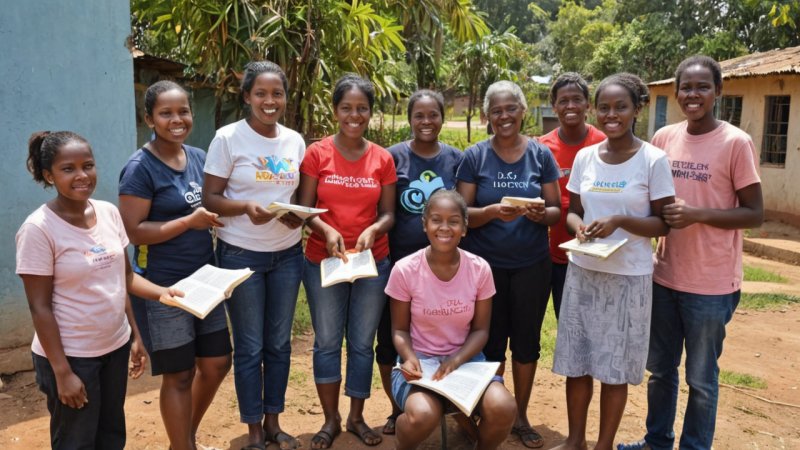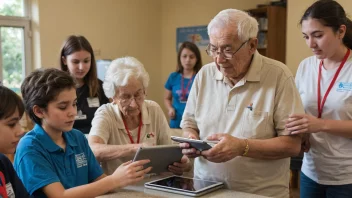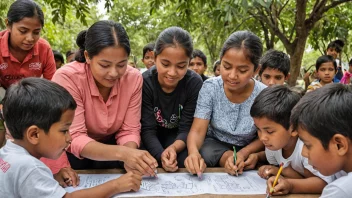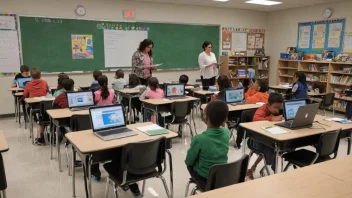Literacy serves as a gateway to a brighter future, yet many communities, particularly those that are underserved, struggle with inadequate access to educational resources. Bridging this literacy gap is essential not only for individual growth but also for the overall health of communities. This article discusses effective initiatives to enhance literacy in underserved areas, encouraging collaboration and proactive involvement.
To begin with, it is vital to recognize the barriers that hinder literacy in underserved communities. High poverty rates often result in limited access to books, technology, and qualified teachers. Additionally, the lack of awareness about the importance of literacy can lead to a culture that undervalues education. Addressing these issues requires innovative and inclusive strategies that engage the entire community.
One impactful approach is the establishment of community literacy centers. These centers can serve as hubs for educational resources, offering tutoring programs, reading circles, and workshops that cater to various age groups. By involving local volunteers, these centers can foster a sense of community ownership and pride. For instance, retired educators or college students can provide their expertise to help children and adults alike improve their reading and writing skills.
Furthermore, collaboration between schools and local organizations can significantly enhance literacy initiatives. Schools can partner with libraries, community centers, and non-profit organizations to create comprehensive literacy programs. By sharing resources and expertise, these partnerships can expand the reach of literacy efforts. For example, schools might host family literacy nights, where parents and children engage in reading activities together, reinforcing the idea that literacy is a shared responsibility.
Incorporating culturally relevant materials is another essential component of promoting literacy. It is crucial to provide reading materials that reflect the community’s diverse backgrounds and experiences. Initiatives that highlight local authors or stories can inspire readers and help them see themselves represented in the literature. Community members can also be encouraged to contribute their stories, which can be published and shared, fostering a sense of pride and connection.
Technology can also play a significant role in literacy promotion. Many underserved communities have limited access to traditional educational resources, but mobile technology is increasingly prevalent. Programs that provide free access to educational apps and e-books can help bridge the gap, allowing individuals to learn at their own pace. Workshops that teach community members how to use these technologies effectively can further enhance their learning experience.
Advocacy is another critical element in promoting literacy. Community members can come together to advocate for increased funding for education and literacy programs. By raising awareness of the importance of literacy, they can attract attention from policymakers and potential supporters. Engaging in discussions and forums can help highlight the needs of the community, ensuring that literacy remains a priority on the local agenda.
Lastly, fostering a love for reading through community events can create a culture of literacy. Hosting book fairs, author readings, and storytelling festivals can draw in families and encourage them to incorporate reading into their daily lives. Such events not only promote literacy but also build community bonds.
In conclusion, promoting literacy in underserved communities requires a collaborative and inclusive approach. By establishing community literacy centers, fostering partnerships, incorporating culturally relevant materials, leveraging technology, advocating for funding, and creating engaging events, we can inspire individuals and strengthen communities. Together, we can build bridges to literacy, unlocking opportunities for all.
Building Bridges: Literacy Initiatives for All
Literacy is a gateway to a brighter future, yet many underserved communities face barriers to education. This article explores effective initiatives to bridge the literacy gap and inspire community involvement.






